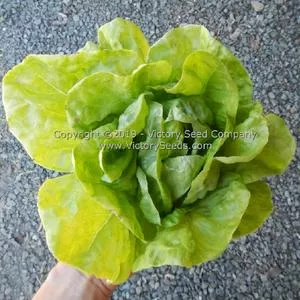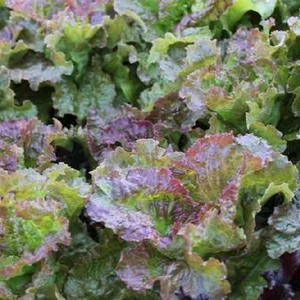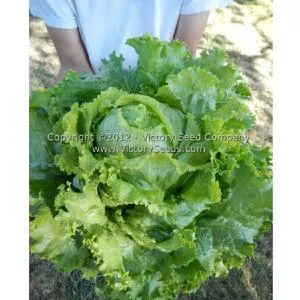Lettuce
Like many plant types, lettuce greatly benefits from starting the seeds indoors and transplanting into the garden. Direct sown seed will generally grow, but are fragile and you will be at the mercy of nature - weather, birds, insects, rodents, soil borne diseases, etc. Additionally, it is very difficult to direct sown a perfect planting distance and when it comes to lettuce, this is critical.
The preferred method, the one that professional growers use, is to start your seeds in flats, cell trays, or even in pots in a cold frame, in early spring. Space the seeds to one inch apart, cover lightly with fine seed starting mix, and keep moist until the seedlings emerge.
Unless otherwise specified, each packet contains one gram of seeds.
Seed count varies by variety.
39 found
- Showing page 2 of 2















